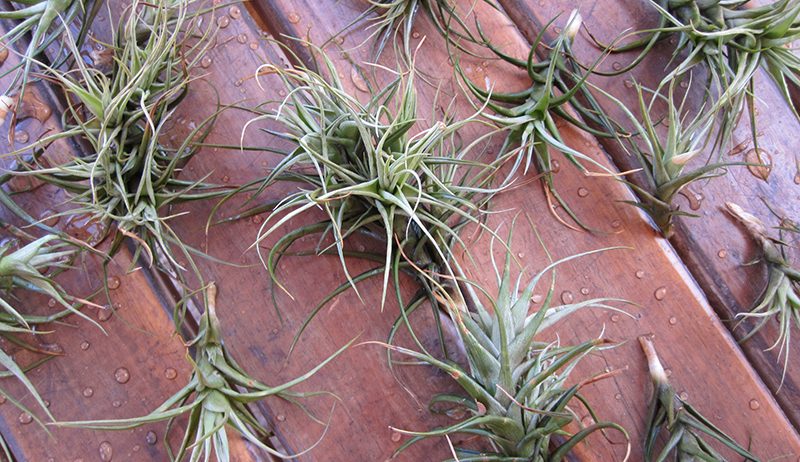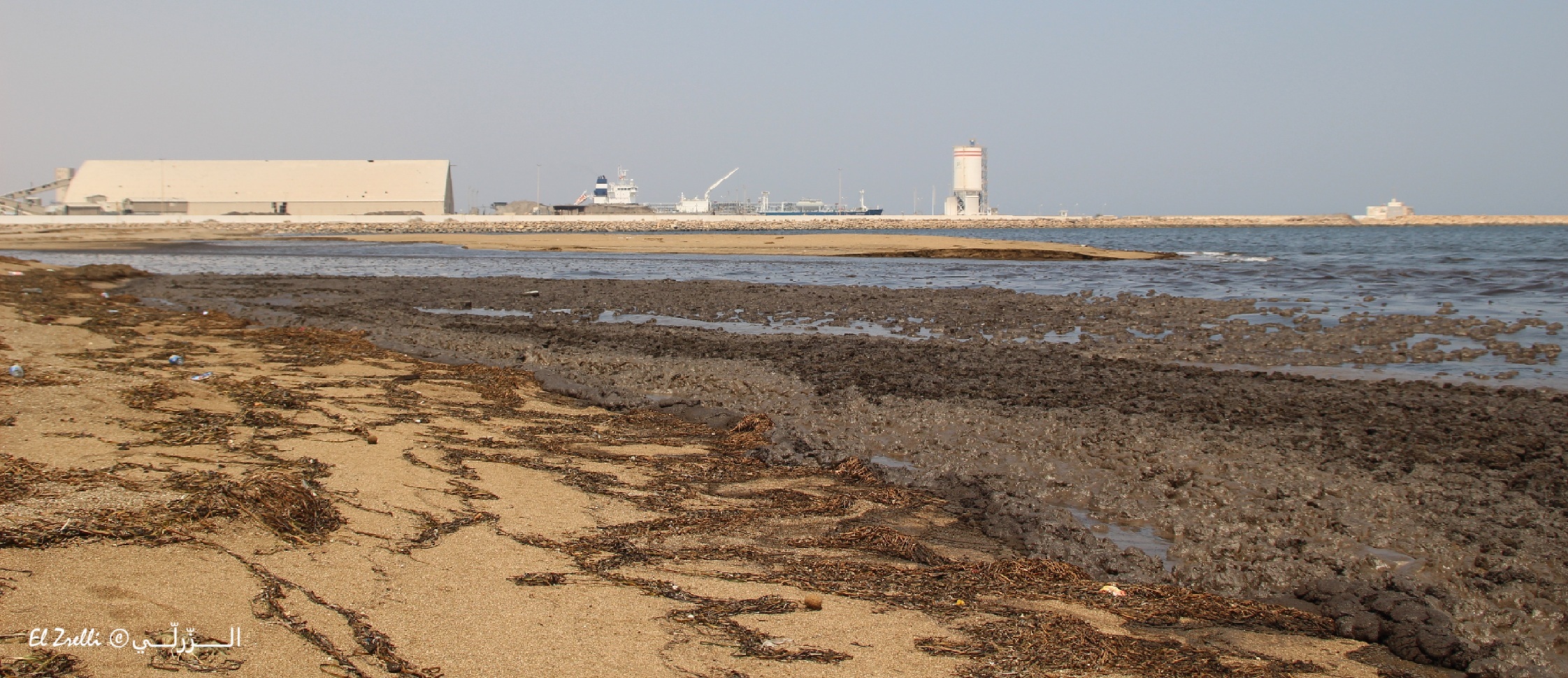In Chile, inhabitants and plants unite to reveal air pollution
Chile is one of the countries most affected by environmental pollution in South America. This is particularly true in the province of Chacabuco, north of the capital Santiago, where the local population is warning of deteriorating air quality. In this region, a team from the Géosciences environnement Toulouse laboratory, in collaboration with researchers from the Laboratoire de Géographie de l’Environnement, combined the perceptions of local residents with geochemical analyses carried out in the field to assess air pollution. Their study, published on March 4, 2025 in Environmental Geochemistry and Health, recommends the use of certain plants as indicators of air pollution levels.
Click here for the University of Toulouse press release (in French).
Contact GET: Eva Schreck et Aude Calas









